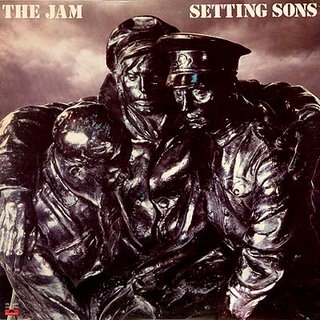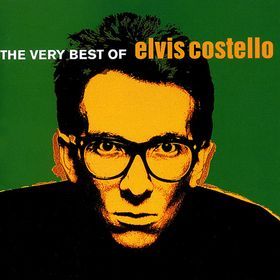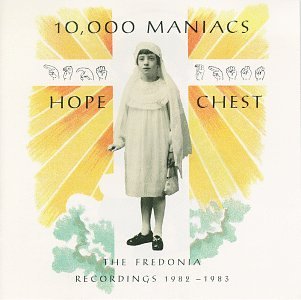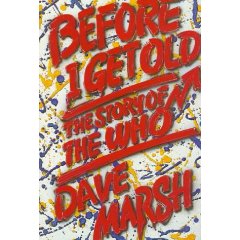
Remember When Rock Was Young?
It is very, very difficult to generalize about Sir Elton John. As much as I admire the man and his music, I am the first to admit that selectiveness is mandatory when you approach his catalog – and that applies even to his heyday way back in the 70’s.
His heyday way back in the 70’s. Elton achieved a degree of success and resonance no artist could even dare to imagine. And one thing that must be mentioned and remembered is that he fought for every inch of it. He captivated the public with standout records and mesmerizing performances, and he worked relentlessly hard from day one. Continue reading









